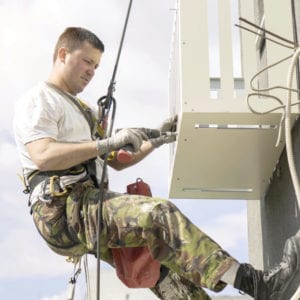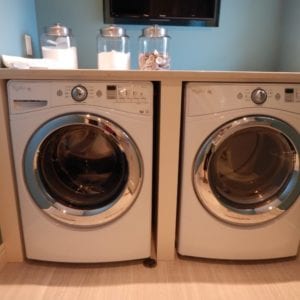Energy Changes on the Horizon
Much is being reported in the press these days about the rising cost of energy. There is talk about renewable energy versus fossil fuel versus nuclear generated electricity; the merits of electricity versus natural gas and electric vehicles versus combustion engines. Don’t forget climate change and carbon reduction.
There are a lot of “versus” on this song sheet, and the changes in these major areas will have profound impacts on our future.
Two things jump out at me: first, change is necessary, and it’s coming like a freight train. It is illogical and irresponsible of us to stick to our old ways of doing things. If we are knowledgeable about our options, we’re in a better place to make smart decisions about our energy use. And, second, governments at every level and of every political stripe have a dog in the fight. They are going to be involved in every step of the process, sometimes intentionally and sometimes not. They are stumbling around like bulls in a china shop, and they don’t always get it right because they don’t always consider the concerns of key stakeholders. It will be critical that we make our voices heard to best represent the interests of our customers.
Amongst individuals (not industry), the biggest consumers of energy in our day-to-day lives are vehicles and buildings. Cars appear to be heading towards being self-driving and our choices for energy source may get limited very quickly in that space.
That leaves buildings as a key area for change. The biggest consumer of energy in most buildings is the HVAC system and that is true for your home. This is something AtlasCare has a vested interest in, and where we hope to drive change in the right direction. Our provincial government is looking to introduce mandatory energy labeling for homes so that a potential buyer of your home will know how efficient it is on an overall basis. This edition of An Engineer’s Opinion is dedicated to the notion of how to “future proof” your home to make it more livable and cost efficient to enhance its long term value.





